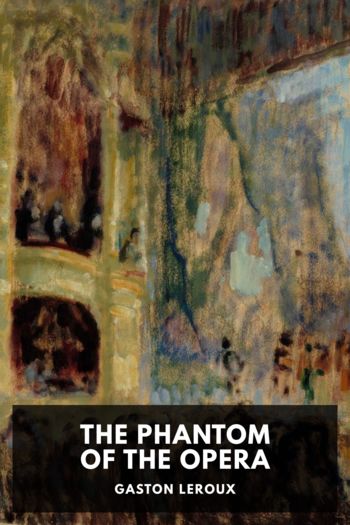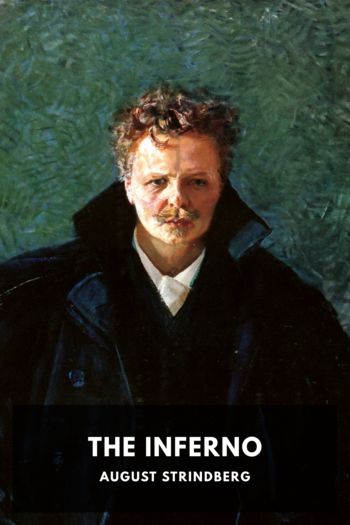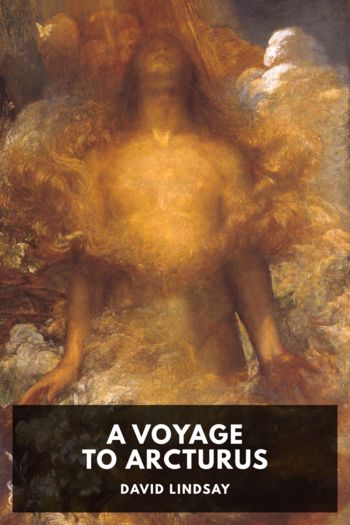The Forsyte Saga, John Galsworthy [the giving tree read aloud TXT] 📗

- Author: John Galsworthy
Book online «The Forsyte Saga, John Galsworthy [the giving tree read aloud TXT] 📗». Author John Galsworthy
“Mausoleum!” he thought. “George was right!” And he went out and up the stairs. On the half-landing he stopped before the case of stuffed hummingbirds which had delighted his childhood. They looked not a day older, suspended on wires above pampas-grass. If the case were opened the birds would not begin to hum, but the whole thing would crumble, he suspected. It wouldn’t be worth putting that into the sale! And suddenly he was caught by a memory of Aunt Ann—dear old Aunt Ann—holding him by the hand in front of that case and saying: “Look, Soamey! Aren’t they bright and pretty, dear little hummingbirds!” Soames remembered his own answer: “They don’t hum, Auntie.” He must have been six, in a black velveteen suit with a light-blue collar—he remembered that suit well! Aunt Ann with her ringlets, and her spidery kind hands, and her grave old aquiline smile—a fine old lady, Aunt Ann! He moved on up to the drawing-room door. There on each side of it were the groups of miniatures. Those he would certainly buy in! The miniatures of his four aunts, one of his Uncle Swithin adolescent, and one of his Uncle Nicholas as a boy. They had all been painted by a young lady friend of the family at a time, 1830, about, when miniatures were considered very genteel, and lasting too, painted as they were on ivory. Many a time had he heard the tale of that young lady: “Very talented, my dear; she had quite a weakness for Swithin, and very soon after she went into a consumption and died: so like Keats—we often spoke of it.”
Well, there they were! Ann, Juley, Hester, Susan—quite a small child; Swithin, with sky-blue eyes, pink cheeks, yellow curls, white waistcoat—large as life; and Nicholas, like Cupid with an eye on heaven. Now he came to think of it, Uncle Nick had always been rather like that—a wonderful man to the last. Yes, she must have had talent, and miniatures always had a certain back-watered cachet of their own, little subject to the currents of competition on aesthetic Change. Soames opened the drawing-room door. The room was dusted, the furniture uncovered, the curtains drawn back, precisely as if his aunts still dwelt there patiently waiting. And a thought came to him: When Timothy died—why not? Would it not be almost a duty to preserve this house—like Carlyle’s—and put up a tablet, and show it? “Specimen of mid-Victorian abode—entrance, one shilling, with catalogue.” After all, it was the completest thing, and perhaps the deadest in the London of today. Perfect in its special taste and culture, if, that is, he took down and carried over to his own collection the four Barbizon pictures he had given them. The still sky-blue walls, tile green curtains patterned with red flowers and ferns; the crewel-worked fire-screen before the cast-iron grate; the mahogany cupboard with glass windows, full of little knickknacks; the beaded footstools; Keats, Shelley, Southey, Cowper, Coleridge, Byron’s “Corsair” (but nothing else), and the Victorian poets in a bookshelf row; the marqueterie cabinet lined with dim red plush, full of family relics: Hester’s first fan; the buckles of their mother’s father’s shoes; three bottled scorpions; and one very yellow elephant’s tusk, sent home from India by Great-uncle Edgar Forsyte, who had been in jute; a yellow bit of paper propped up, with spidery writing on it, recording God knew what! And the pictures crowding on the walls—all watercolours save those four Barbizons looking like the foreigners they were, and doubtful customers at that—pictures bright and illustrative, Telling the Bees, Hey for the Ferry! and two in the style of Frith, all thimblerig and crinolines, given them by Swithin. Oh! many, many pictures at which Soames had gazed a thousand times in supercilious fascination; a marvellous collection of bright, smooth gilt frames.
And the boudoir-grand piano, beautifully dusted, hermetically sealed as ever; and Aunt Juley’s album of pressed seaweed on it. And the gilt-legged chairs, stronger than they looked. And on one side of the fireplace the sofa of crimson silk, where Aunt Ann, and after her Aunt Juley, had been wont to sit, facing the light and bolt upright. And on the other side of the fire the one really easy chair, back to the light, for Aunt Hester. Soames screwed up his eyes; he seemed to see them sitting there. Ah! and the atmosphere—even now, of too many stuffs and washed lace curtains, lavender in bags, and dried bees’ wings. “No,” he thought, “there’s nothing like it left; it ought to be preserved.” And, by George, they might laugh at it, but for a standard of gentle





Comments (0)